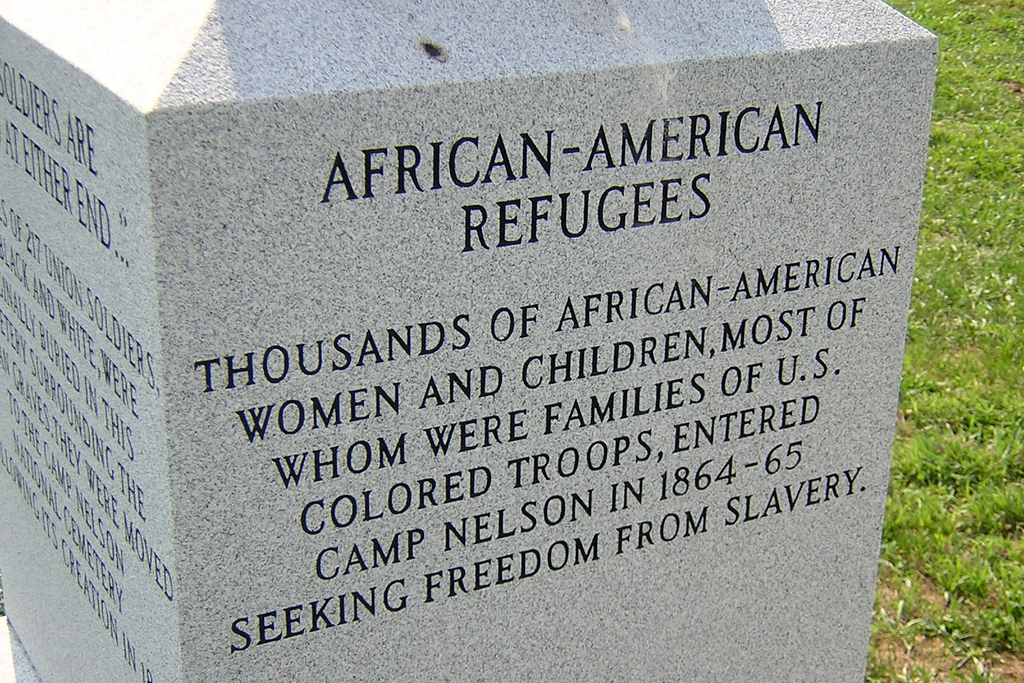The Rotary Club of Lexington held its weekly meeting Thursday, May 26, at The Mane on Main and on Zoom. The program featured Cameron Boutin, Park Guide, Camp Nelson National Monument.
To attend via Zoom please email, trafton@rotarylexky.org.
Cameron Boutin is a Park Guide at Camp Nelson National Monument and also a doctoral student at the University of Kentucky. He focuses on Civil War history and is currently working on a dissertation that focuses on US and Confederate soldiers’ experiences with the weather in all parts of the military service. He received a Master’s Degree from Northeastern University in Boston and has written articles that have been published in various academic journals such as Journal of Military History and Civil War History.
Camp Nelson was established as a US Army fortified base, supply depot, and hosptial, Camp Nelson evolved to become a recruitment center and refugee camp for White civilians fleeing Confederate occupation in East Tennessee in 1863. The following year, the base evolved to become one of the country’s largest recruitment and training centers for African American soldiers during the Civil War, and served as a refugee camp for their wives and children.
Thousands of enslaved African Americans risked their lives escaping to the camp, located within the slaveholding state of Kentucky, with the hope of securing their freedom and, ultimately, controlling their futures by contributing to the destruction of slavery.
Camp Nelson quickly became the largest of the eight African American recruitment centers in the state of Kentucky and the third largest U.S. Colored Troops (USCT) recruiting center in the entire nation. Once all restrictions on enlistment were removed by June 1864, the number of African American enlistees exploded. These enlistees, who were formerly enslaved, were able to be emancipated through the act of enlistment in the Federal army.
More than 500 U.S. Colored Troops mustered into service during June 1864, and a record 1,370 new troops enlisted at the camp in July. In total, eight USCT regiments organized at Camp Nelson in 1864 and 1865 including four infantry units (114th, 116th, 119th, and 124th USCInfantry), two cavalry (5th and 6th USCCavalry), and two artillery (12th and 13th USCHeavy Artillery).
By the time the 13th Amendment was finally ratified on December 6, 1865, ending slavery throughout the United States, roughly 10,000 African American men had enlisted in the USCT at Camp Nelson and had become Emancipated as a result.
Camp Nelson represents the courage and determination of formerly enslaved African Americans to secure their own emancipation. It also illustrates the nation’s struggle to define the meaning of freedom during and after the Civil War.
Recent Updates
July 24- Dr. Robert Farley, Sr. Lecturer, Patterson School of Diplomacy and Commerce, University of Kentucky
Rotarians Continue to Support Scouting America and Camp McKee!
July 10 – Installation of Officers and a Look at the Year Ahead
LEXINGTON ROTARY SUPPORTS OUR TROOPS
June 26- President’s Day- Bret Anderson, President, Rotary Club of Lexington, 2024-25



